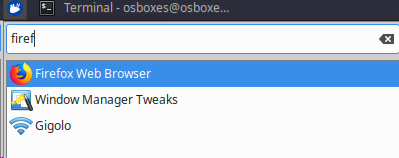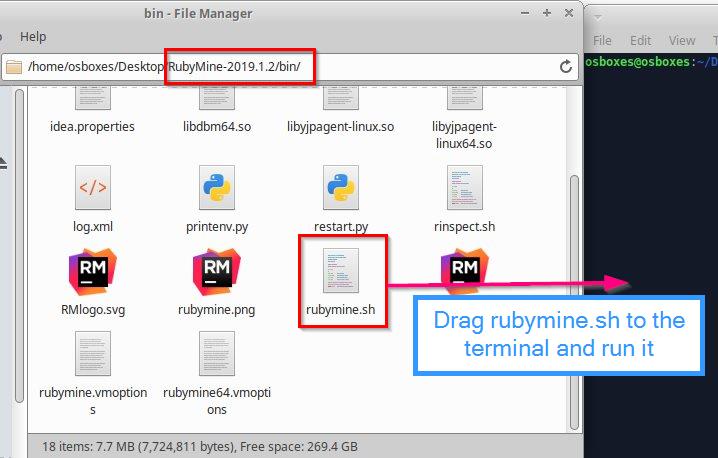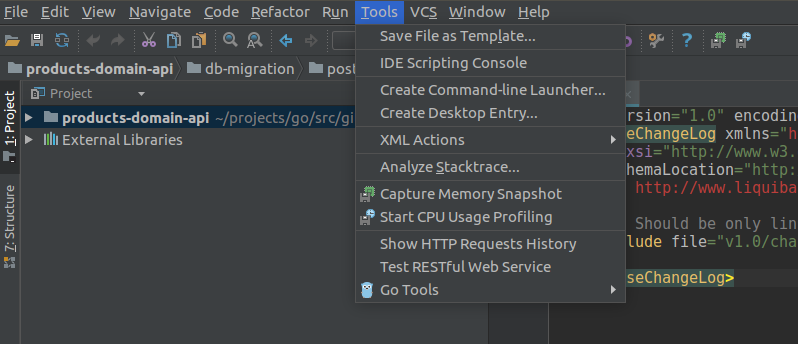


- #Open rubymine from terminal install
- #Open rubymine from terminal software
- #Open rubymine from terminal code
- #Open rubymine from terminal download
- #Open rubymine from terminal windows
Press Alt+Right and Alt+Left to switch between active tabs. To close a tab, click on the Terminal toolbar or right-click the tab and select Close Tab from the context menu.

It preserves tab names, the current working directory, and even the shell history.
#Open rubymine from terminal windows
The so-called launcher is the s idebar on the left side of the desktop in Bantu, which is very similar to the shortcut in windows The Terminal saves tabs and sessions when you close the project or RubyMine. When opening the terminal, you must use the launcher.
#Open rubymine from terminal software
The terminal cannot load environment variables, and most software cannot be executed in the terminal. At this time, the environment variables cannot be loaded, especially when the non desktop folder is entered. Never use the file manager, enter the folder, and then right-click “open in terminal”. It is recommended that everyone use the initiator to open the terminal, Pit 1For the terminal, be sure to open it with the starterĪfter installing the virtual machine and entering the system, we will encounter the first pit, terminal software. As you can guess by its name, this new option allows you to open dirs and files in the terminal. Let’s get straight to the details: Open in Terminal.
#Open rubymine from terminal download
Personally, I use Atom for most of my Ruby development & writing, for quick edits (like configuration files) I use VIM.During the installation of VirtualBox, there are many pits due to one reason or another. Open in Terminal Navigate through identifier occurrences Version Control Download RubyMine 2018.1 EAP. While these four editors are what I think the most popular in the Ruby community, there are still others that are worth a mention.
#Open rubymine from terminal install
It has countless plugins that you can install to add new features. VIM (VI iMproved) is an open-source editor that has been around for ages, the most striking characteristic is that it’s terminal based, unlike the other editors which are GUI-based. I use Webstorm and Rubymine and in my case, that was all that I had to do. Settings (or Default Settings)->Tools->Terminal->Shell path: bash. Can feel “heavy” in terms of performance & UI design On Windows builds 16215 and higher: Install WSL and the Linux distro of your choice (I opted for Ubuntu 18.04) Windows support docs.Integration with testing frameworks, bundler, rake, terminal, etc.In addition you can install the New Windows Terminal to work with bash, powershell, cmd and others. It’s the most complete IDE in terms of features, but it’s also not free. Rubymine, add a Ruby interpreter using WSL.
#Open rubymine from terminal code
RubyMine is a closed-source code editor from JetBrains.

It supports many programming languages including Ruby. Im just looking for anyone who might have run across this and found a real fix. Im using the Rubymine IDE but it wont let me select the Hi.


 0 kommentar(er)
0 kommentar(er)
